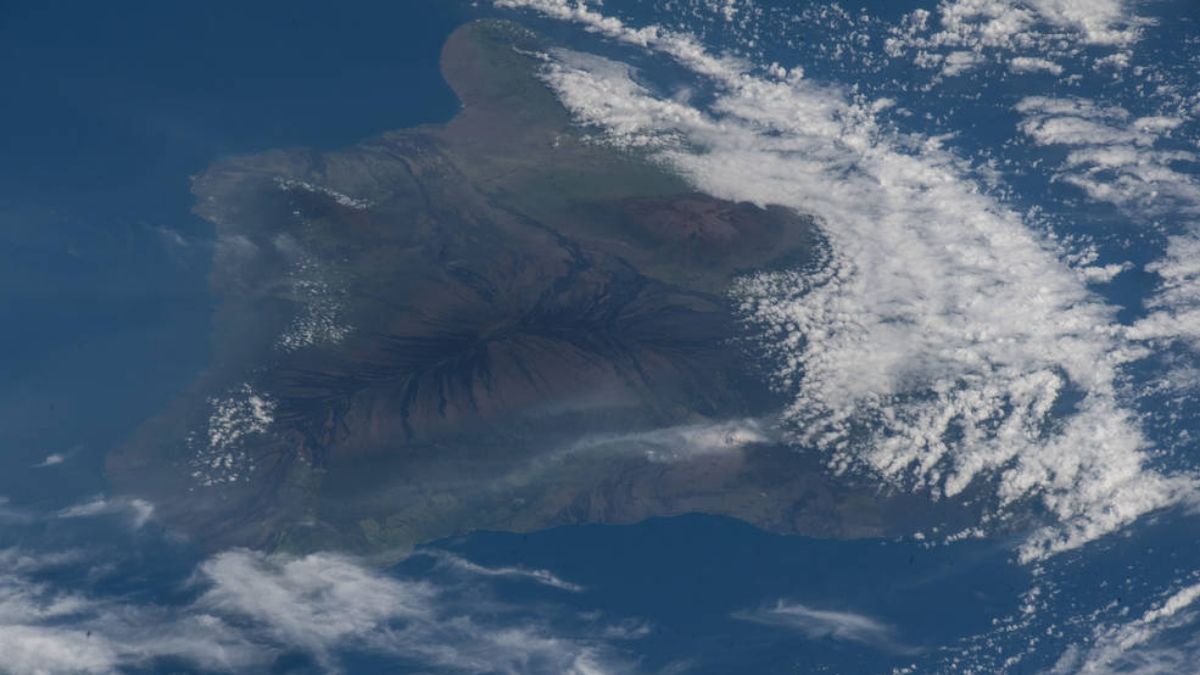NASA’s new radar will keep a lookout for volcano eruptions and earthquakes

NASA has planned to launch a series of satellites that are designed to monitor volcanic and seismic activities from space. These satellites will solely be dedicated to keeping an eye on volcanoes and earthquakes.
The latest instrument from NASA is called the CubeSat Imaging Radar for Earth Sciences (CIRES). As of now the CIRES is mounted on an airplane monitoring the volcanoes from the sky.
The functions of CIRES were first tested in 2018, and the radar was flown over the Kilauea Volcano in Hawaii. The data collected from the radar helped the researchers to create a detailed map of the land changes caused by the volcano’s eruption. CIRES’ S-band Interferometric Synthetic Aperture Radar helped NASA researchers to detect the changes caused by volcanic eruptions.
This data can have long-lasting applications, it would come especially handy in times of disasters for the emergency relief agencies.
The CubeSat Imaging Radar for Earth Sciences, or CIRES, can help decision-makers and emergency managers obtain observations sooner after a hazardous event so that they are better prepared to deal with disaster relief – Lauren Wye, principal investigator
After this round of earth-based tests was done successfully by CIRES, NASA scientists are going to apply the same concept on satellites. The US-based space center is hopeful that they will be able to launch a fleet of satellites that will act as an artificial constellation around Earth.
The satellites, modeled on the CIRES, will monitor volcanoes and earthquake evens from around the world. Agencies around the world can apply the data collected from these satellites to take affirmative action, implement evacuations and take up effective emergency protocols in the areas that are likely to be affected by natural disasters.
“Small satellites, similar in scope to CIRES, can be a dream system from a rapid disaster response point of view,” Sang-Ho Yun, a geophysicist at NASA, explained. “With small satellites, we can cost-effectively achieve that goal.”

No comments